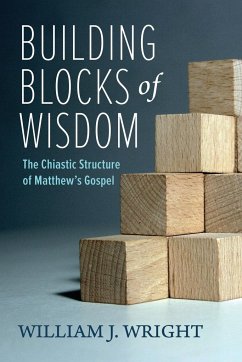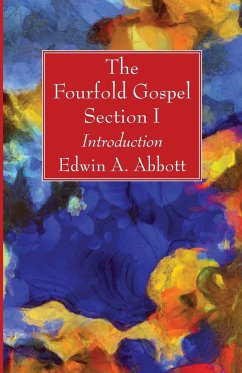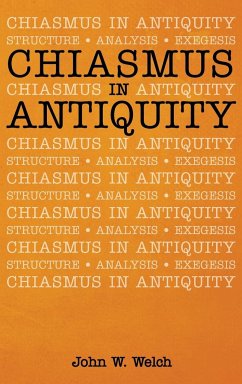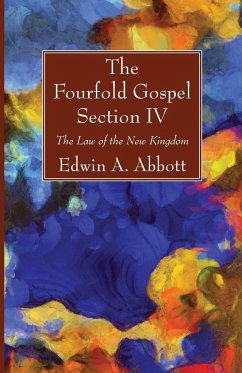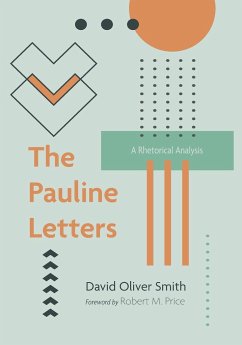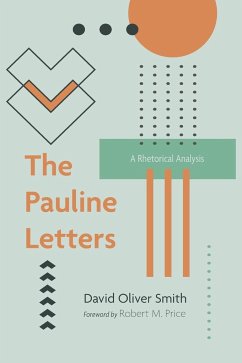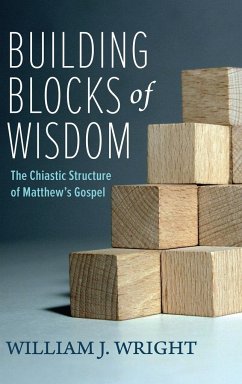
Building Blocks of Wisdom
Versandkostenfrei!
Versandfertig in 1-2 Wochen
26,99 €
inkl. MwSt.
Weitere Ausgaben:

PAYBACK Punkte
13 °P sammeln!
Matthew chose not to write his Gospel in chronological order. Why? How does his presentation of the Gospel differ from the other three? I show that Matthew organized his book into fourteen chiasms, explain how chiasms work, and describe the advantages that Matthew afforded the careful reader. The contrasts and comparisons of the vertical and horizontal aspects of the chiasms provide the reader with new insights into the events of Jesus' earthly ministry, and examining the peaks of the chiasms provides a ready summary of the author's key events--some of which are surprising and take careful tho...
Matthew chose not to write his Gospel in chronological order. Why? How does his presentation of the Gospel differ from the other three? I show that Matthew organized his book into fourteen chiasms, explain how chiasms work, and describe the advantages that Matthew afforded the careful reader. The contrasts and comparisons of the vertical and horizontal aspects of the chiasms provide the reader with new insights into the events of Jesus' earthly ministry, and examining the peaks of the chiasms provides a ready summary of the author's key events--some of which are surprising and take careful thought to see why he stresses them over more familiar events. The chiastic structure aides in memorization due to its ordered pairs and, because they can span multiple chapters in one unit, allow for a view of the whole story at once. The result is a better understanding of the emotions of the disciples and the man on the street at a time when everything they had known was changing daily. Reading Matthew's Gospel the way it was written allows the reader a more complete understanding of its message.





